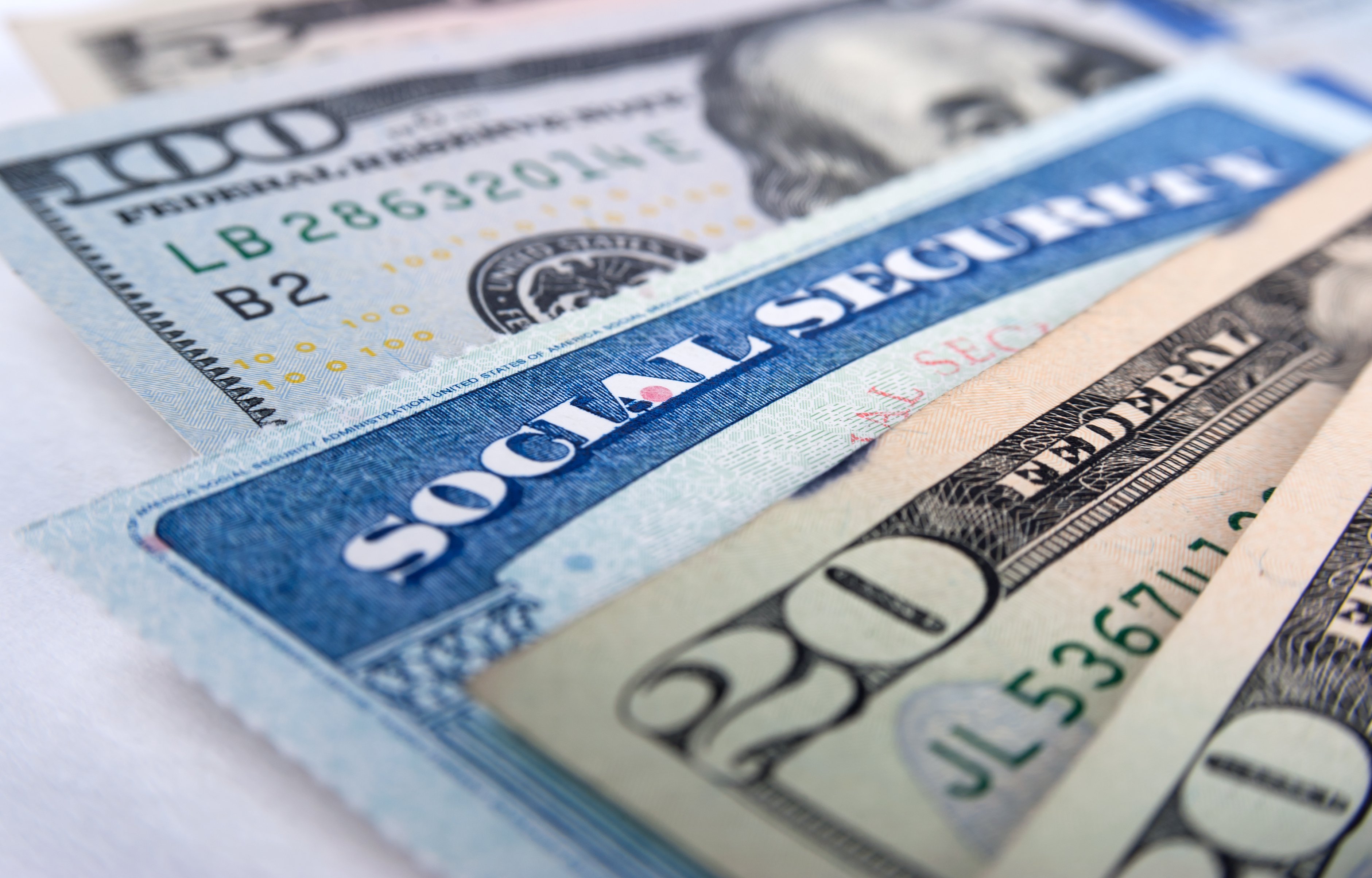Many young people see no realistic way to save any substantial amount toward their retirement. But a 25-year-old could fund retirement savings of $600,000 simply by cutting in half their nonessential spending like eating out, happy hours, and rides on Lyft or Uber, according to a survey by GoBankingRates. This figure illustrates a possible path forward for folks who are not saving for retirement or are saving but having difficulty putting together a significant nest egg.
Roughly 42% of Americans have no retirement savings, according to the Center for Financial Services Innovation. In addition, while approximately 61% of Americans were either very or somewhat confident they could retire comfortably according to the Transamerica Center for Retirement Studies, that means that roughly 39% of us are less than confident about financial ease in our golden years.

IMAGE SOURCE: GETTY IMAGES.
Nonessential spending is comparatively easy to rein in
Nonessential spending was defined very specifically in the study by six categories:
- Eating out (including food delivered)
- Coffee
- Alcohol
- Taxis and ridesharing
- New clothing and accessories
- Events like concerts or sports
Americans expend $5,339 every year on these six categories, on average. By cutting that amount in half, they could save $2,670. That's easy enough to do given enough creativity in saving money.
Spending in all of these categories is elastic: They can expand or be cut back depending on your lifestyle, your choices, and your available cash. That makes them the friend of people looking to find money to fund a retirement account or expand an anemic one.
You don't have to be 25 to benefit, either. Even if you're in a position where you can't cut back on mortgage or rent or transportation costs to give you some extra for retirement savings, you can likely go to fewer concerts and eat out less. If you bank the savings, you've created a retirement account where there was none before.
For instance, with eating out, the average spending amount works out to $2,167 yearly, or a bit over $180 per month. If you slice it even further, it's about $40 to $45 per week. If you make extra meals at home and bring them to work, throw a potluck dinner party now and then, and socialize inexpensively, you should be able to direct the saved money into a retirement savings account.
How the money grows
By reining in 50% of spending on those six categories, you'd save $2,670. If you placed this amount every year in a retirement savings vehicle like an Individual Retirement Account (IRA) when you were 25 and did it for 30 years, you'd have a tasty $600,000 at 65, assuming a 7% return annually, which is about average for the stock market.
The beauty of an IRA is that the money you contribute every year, up to a maximum of $6,000 in 2019, increases tax-free. (People who are 50 or older can place $7,000 in an IRA in 2019.) If you invest in a traditional IRA, the money is also typically tax-deductible in the year in which you contribute. If you invest in the other type of IRA, a Roth, the money is not tax-deductible, but withdrawals typically won't be taxed when you retire.
If you have access to a 401(k) through work, you can also contribute the saved amount there. Contributions to a 401(k) are done via electing a specific percentage of your salary. Contributions to a 401(k) occur before taxes are taken out, so participating in one lowers your tax burden. These contributions grow tax-deferred until retirement, when withdrawals will be taxed. And some employers match a portion of what you put into a 401(k), making your nest egg even sweeter.
With retirement savings, the sooner you start, the better. By cutting back on nonessential spending, you can go a long way toward retiring wealthy.





